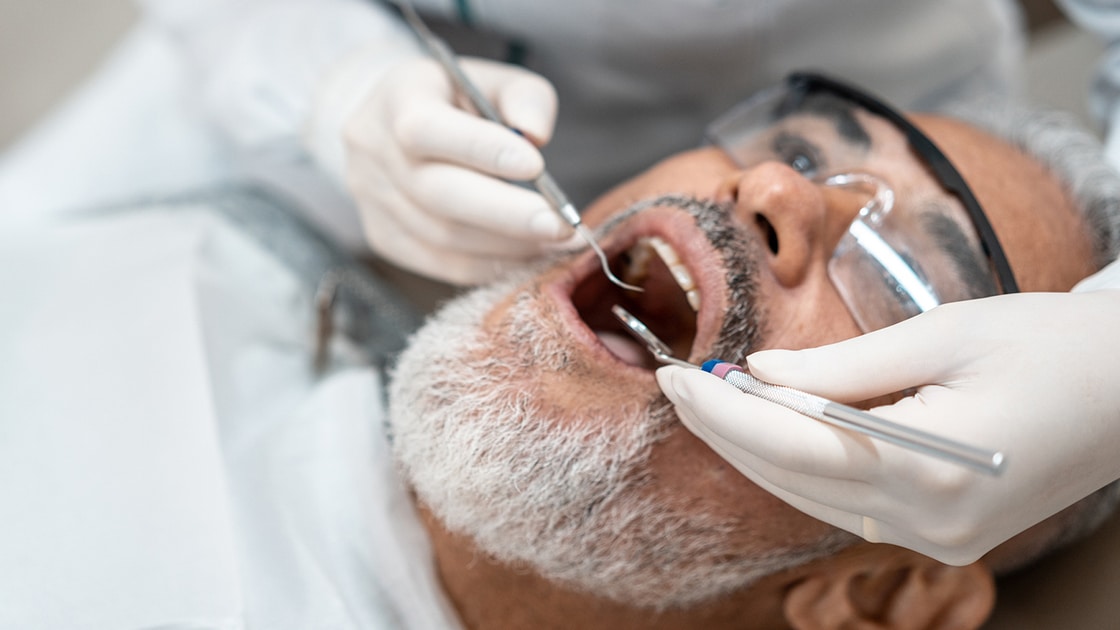
Oral Facial Surgery of Orange Park provides bone grafting in Orange Park, Florida. Call 904-269-5195 or contact us today to learn more and schedule an appointment.
What is Bone Grafting?
Bone grafting is a procedure used to replace and regenerate lost bone tissue in the jaw in preparation for dental implant placement. When one or more teeth are missing from the mouth, the support structures for those teeth, including the jaw bone, will weaken and eventually resorb (dissolve). If there is not enough bone material left to support a dental implant, a bone fragment can be placed over the existing bone to thicken it and encourage regeneration of the natural bone tissue.
Bone grafting procedures restore bone that has been lost or diminished because of missing teeth or other facial conditions. Many patients who want dental implants must have a bone grafting procedure first to replace the bone beneath the dental arch. In the past, implant placement was impossible if too much bone loss had occurred, but advances in bone grafting processes have made it possible for many people to receive secure, permanent dental implants. Today there are many options for bone sourcing and we are able to assist in integration with our PRGF technology.
Benefits of Bone Grafting
There are many benefits of bone grafting, including:
Types of Bone Grafting Procedures
We provide a few different types of bone grafting procedures:
Are You a Good Candidate for Bone Grafting?
If one or more of your teeth have been missing for an extended period of time, causing the bone in your jaw to weaken and lose density, you may be a good candidate for bone grafting. A brief evaluation and medical history can determine whether or not you are eligible for bone grafting and if it would be effective for you.
Why Choose Oral Facial Surgery of Orange Park?
We strive to provide the best possible care for our patients, which is why we stay informed about state of the art technology and techniques that can make your experience as positive as it can be. Procedures and methods such as custom milled bone block and PRGF increase the chances of success for your bone graft and later, your dental implant.
We want you to be comfortable and relaxed when in our office and receiving dental treatment, which is why we provide a wide range of anesthesia and sedation options according to your personal preferences. Our highly qualified dental team has the experience necessary to ensure that you get the best possible care.
Frequently Asked Questions About Bone Grafting
The bone fragment used in bone grafting can come from a variety of sources, such as another bone in your own body, a lab, or even an animal source. Human bone typically brings the best results because it is the most biologically compatible. We use customized bone blocks as stated above.
A bone graft is most often used in restorative dentistry to bulk up the jawbone before having implant surgery. After significant trauma, infection, disease, or an extended period of time without teeth, your jawbone may need restoration before a tooth implant procedure. That's because your jaw can actually lose some of its density, making it unfit for implantation. That's where a bone graft comes in; grafts are a way to build your bone up, by inserting bone taken from another place in your body, or even another body.
Dental bone Graft Material
There are many different materials used for bone grafting but they can generally be divided into four categories:
- Allograft: Bone that is harvested from a human donor or cadaver for use in medical procedures
- Autograph: Bone that is harvested from another area of the patient's body.
- Alloplast: Usually is made from hydroxyapatite or calcium carbonate, both naturally occurring minerals.
- Xenograft: The term xenograft refers to a tissue or organ that is derived from a species that is different from the recipient of the specimen.
In Orange Park, FL, our bone grafting procedures are typically performed with local anesthesia and advanced technology to ensure your comfort and minimize pain. Over a few months, the graft supports natural growth and creates a stable foundation for future dental implants while preventing further bone loss. Schedule your consultation today to learn how our team can help restore your smile with confidence.
To learn more, call 904-269-5195 or contact us today to schedule an appointment.
